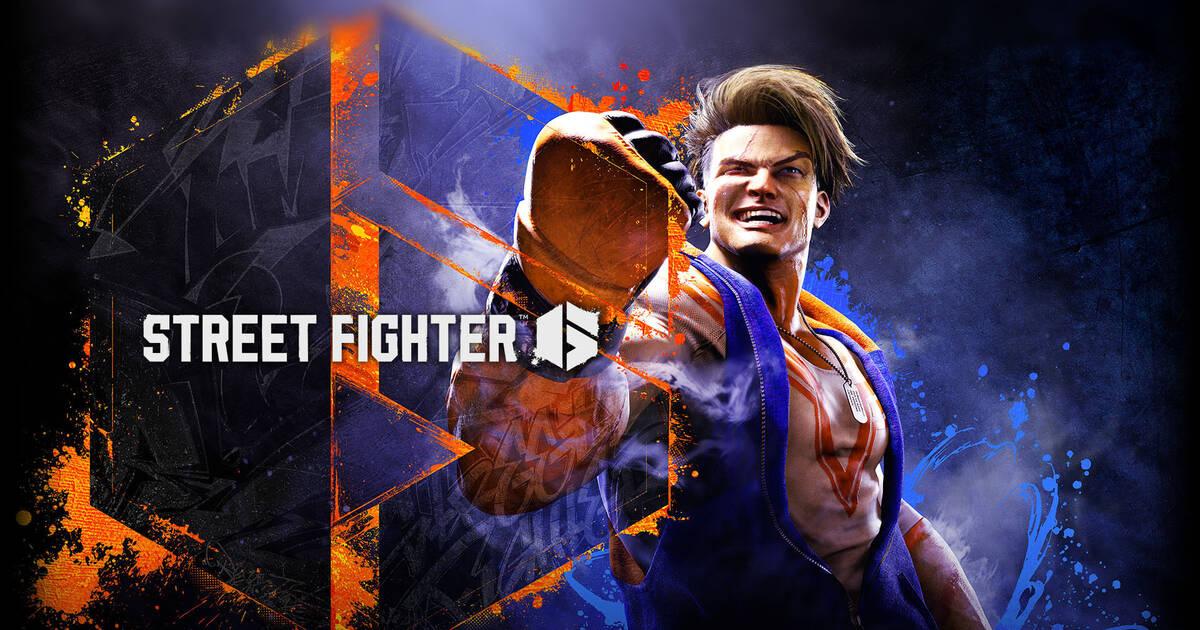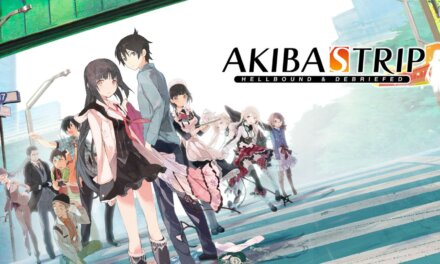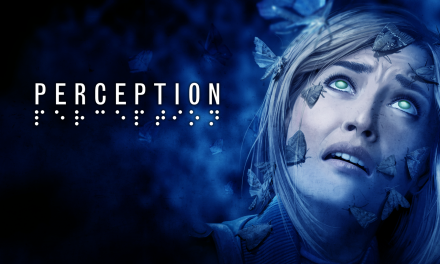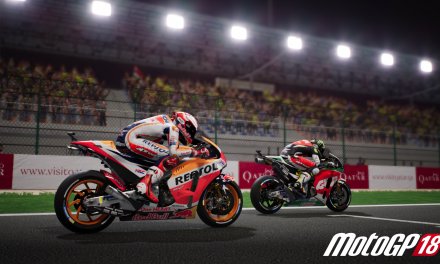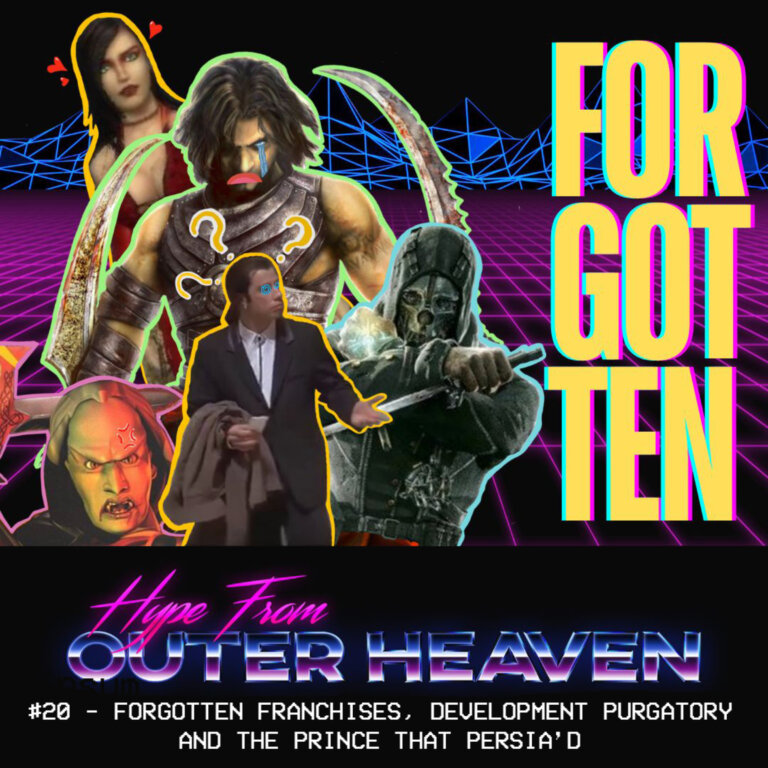Taking the fight to the streets.
Email: John.B@Gamehype.co.uk
Rich in features, with superb replay value, sharp visuals, and a combat system that rewards commitment, Capcom’s Street Fighter Six has been modernized within numerous modes to appeal to a new audience, whilst not straying far from its roots to respect the hardcore fans that continue to follow the brand. Arriving 7 years after the fifth entry in the franchise, it’s a most welcome return to form.
Throwing up 18 fighters at launch, an open-world story mode, a battle hub, and the fighting grounds (effectively classic street fighter) the game packs a big punch with plenty to get your teeth into. First I’ll get into the world tour mode.
World Tour
Arguably the flagship mode in SF 6 is the World Tour story mode which sees players create and customize their avatar, moveset, and fighting style to then explore the metro city (Yes the actual MAD Gear Metro City) and numerous other continents to learn about the art of strength to improve their skills (the mode borrows some RPG elements with the likes of a skill tree and a rank system that unlocks the higher tier of super moves as your level increases) and attributes whilst meeting the fighting legends of the game to prove yourself capable by passing challenges and mastering the numerous fighting styles of each fighter. There’s also the subplot of a cat-and-mouse-like chase all over the continent to acquire items and locate/save Street Fighter’s newest character Bosch.
The world itself offers a full free-roam approach in terms of challenging random NPCs to a fight, exchanging basic dialogue, and giving players the choice of apparel/items to purchase from the stores scattered throughout the metro city. It’s during these transactions Capcom has inserted the microtransaction option which will no doubt be frowned upon by players. Yes, you can still earn items by acquiring kudos points, but some gear is locked behind the paywall.
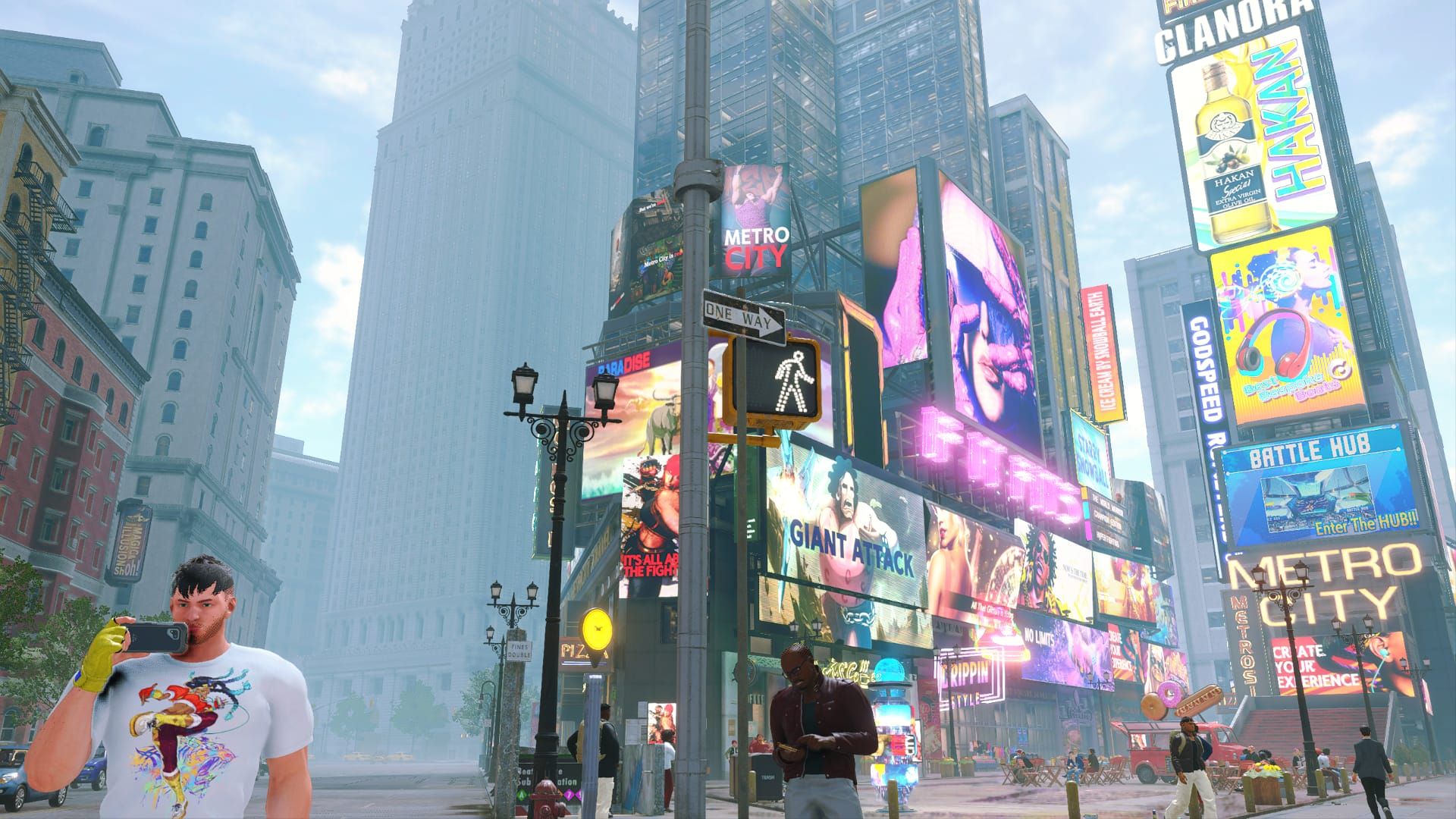
In all honesty, World Tour is a pretty mediocre experience, the environment itself is rather soulless with Metro City devoid of personality, a dull narrative & interactions lacking any real oomph. On the plus side, there are some decent CGI scenes with characters from the SF roster, jobs to earn currency, and the fighting mechanics remaining kickass. Also, it’s a good way for newcomers to understand the basics without the pressures and ridicule of online opponents gaining perfect victory…GULPS.
Fighting Ground/Roster/Customisation
Coming in live at launch with 18 fighters, Capcom’s iconic fighting series significantly maintains its signature essence with reverence for some of the game’s founding characters – Zangief, Guile, Ryu, and Ken – among a refreshed and diverse roster of fighters to choose from. The full list also includes Blanka, Chun Li, Luke, Manon, JP, Juri, Lily, Cammy, Marisa, Dee Jay, Jamie, Kimberley, Honda, and Dhalism. All fighters have their unique style and traits, such as the brute power of Zangief with jaw-dropping powerbombs that deal some serious damage, to the likes of Dhalism with the world’s longest arms…(yes really).
Each fighter’s unique style affects the approach to each fight. From my own experience, I wouldn’t say any lone fighter is particularly overpowered, there are counters and play styles to negate any approach your opponent will take. The game’s main strength is knowing your fighter’s strengths and maximizing them to capitalize on opponent’s mishaps, reading their play style, and looking for mistakes to exploit/expose. The new drive system feature mixes things up as it offers a more game-changing choice from a tactical perspective as the power bar starts full.
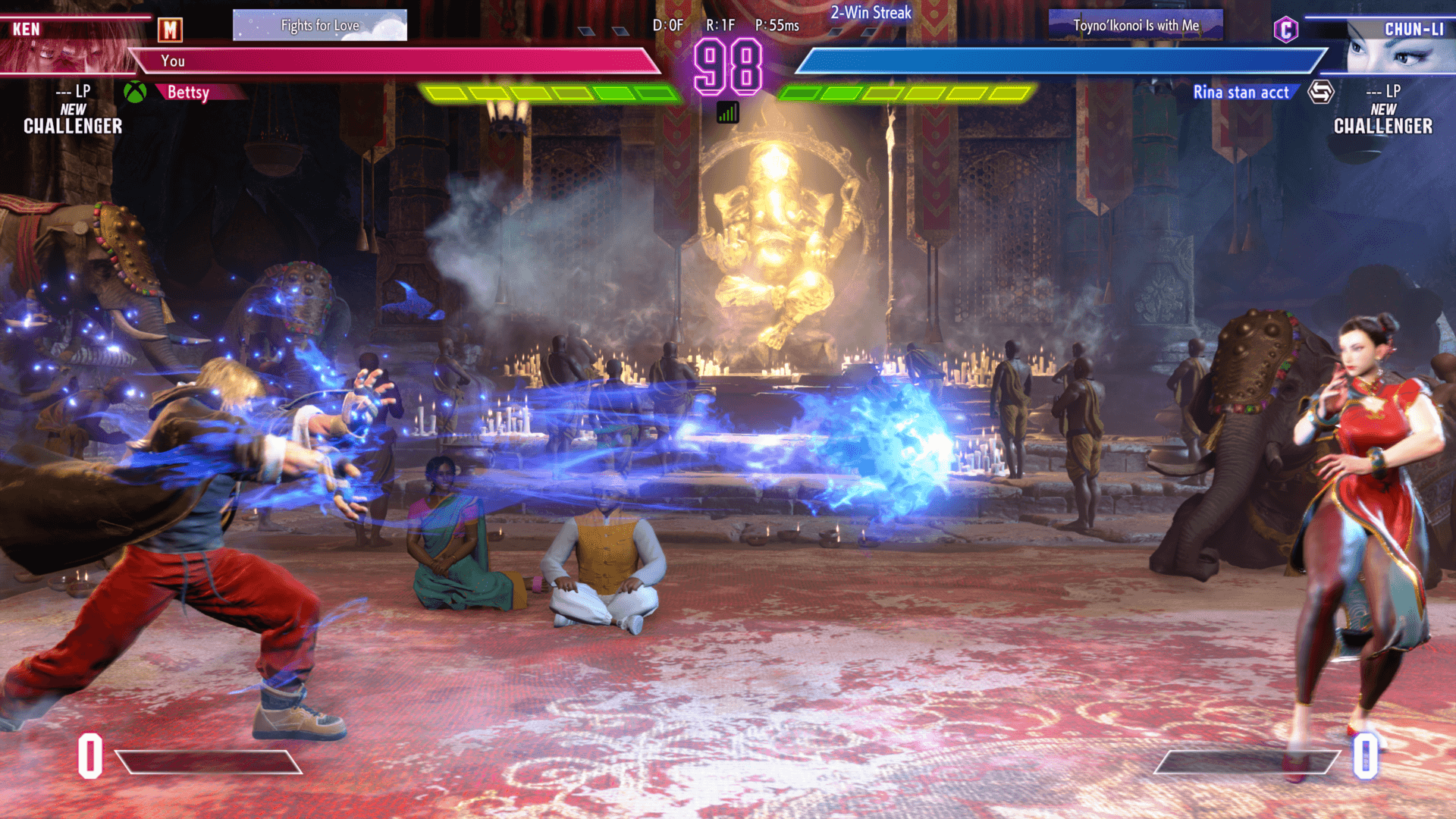
The games tutorial mode in the aptly named fighting grounds helps players get to grips with the basics (and the not-so) with a command screen popping up to try and memorize those tricky combos for those using both the classic and modern control schemes. It’s also here where you can master the art of the game with the combo trials, starting with beginner combos up to a more advanced move, the game truly does hold your hand here so fear not if like me you’re a bit slower at getting into the flow of the combo mechanics. Even in more technical terms, you can view frame data, timing logs, and an input display monitoring feature.
You’ll also find the online, versus, special match and arcade modes in this part of the game. The arcade mode is basically the old street fighter story mode we know and love, pick your character, and fight your way to success to unlock the ending and finish that fighter’s story arc. Online shines through marvelously, with smooth-flowing gameplay, a consistent matchmaking system, and servers that support lag-free, crossplay beat downs, what’s not to like? Your unique fighter profile page keeps a log of fight records with each fighter’s success rates/percentages accessible to discover who your best fighter and fighting style is.
You can also create custom rooms to host up to 16 friends and battle or spectate during matches with yet again no lag, or frame rate issues.
The control scheme has been simplified for modern audiences, with the classic six-button input reduced to four. By simplifying the combat mechanics players can lay down brutal auto combos and bold, powerful special finishing moves in a more basic method of applying the commands. The game won’t do the work for you, as you’ll still need to nail the timings, be in sync with your movements and apply the moves at the right moment but it’s considerably easier to manage. Using the simplified control scheme does come at a cost as the old Skool classic control scheme has a considerably better damage output, thus rewarding the more hardcore SF 6 player as this no doubt influences online showdowns.
Customization is also very generous with a rich depth of options to utilize and design your avatar as you see fit. Fancy the body of a beefcake and arms the length of a giant octopus? Go ahead, be capcoms guest.
Battle Hub
Perhaps you just wanna kick back, unwind, do a bit of shopping, and take a trip down memory lane? The Battle Hub has a bit of everything for everyone. With retro games free to play in the arcade with leaderboard support, avatar matchmaking and even dj’ing! (Yes, seriously). Here you can freely explore the hub area, interacting with the SF community via chat functions and emotes by using the avatar created from World Tour. Battle Hub is basically the social element of the game and is a cool place to mingle with other street fighter fans across the world whilst offering the online fight modes found in the fighting grounds or perhaps you wanna lay the beat down to that trash-talking pest in the chat? Face off on the battle consoles with anyone in the hub. Battle Hub is a great touch of respect to the long-serving fan base who can not only enjoy the old SF games but share their own SF 6 experience with gamers from all over the world.
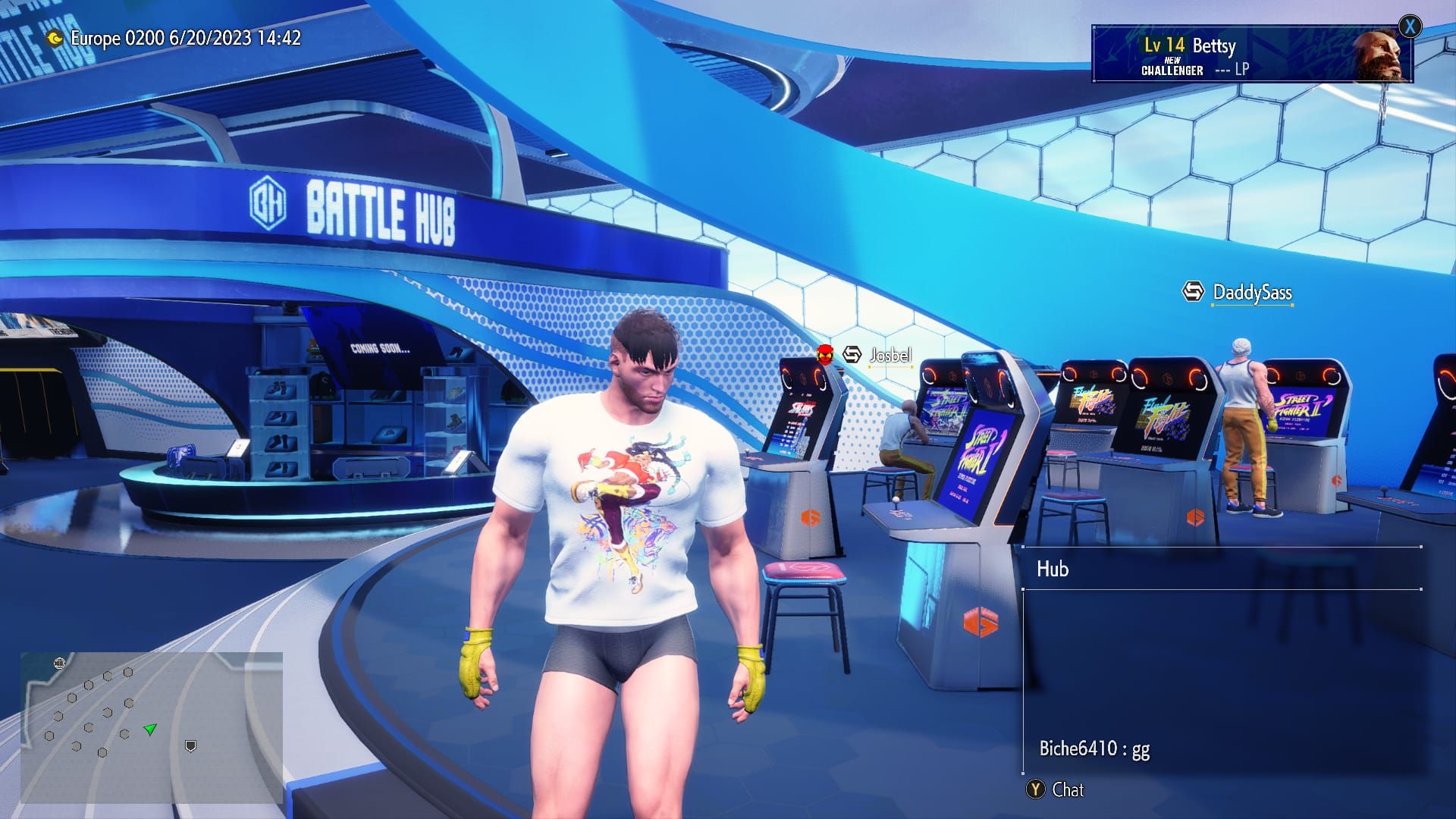
Summary
Street Fighter 6 raises the bar with superb gameplay, equally as rewarding for old timers and those new to the series. With a modern spin on how fighting games should release. It’s a fresh approach from Capcom for the franchise which not only SF needed but I’d say the genre as a whole. Visually speaking, SF 6 is a bright, colorful, and gorgeous looking game with character models and battle stages full of detail and eye-catching, over-the-top special effects. The depth in modes gives a fantastic amount of replayability with plenty of artwork, music, costumes, and more to unlock. Online features offer arguably the best seen in fighting games and SF 6 feels like a massive step forwards for the genre.
Thank you to Capcom for providing the review code for Xbox Series X.

